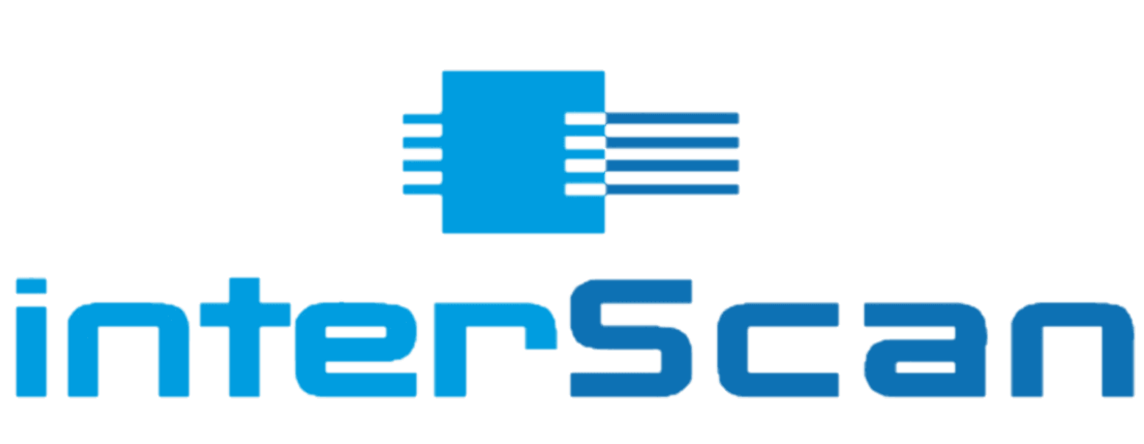Learn more about JetStream AI with this Service Bureau Case Study.
Document Workflow
& Business Process Automation
Document Workflow
Document workflow refers to managing the flow of documents within an organization, from creation to storage and disposal. This includes all the steps in creating, editing, reviewing, approving, distributing, and archiving documents.
Document workflow can be automated using specialized software tools that help to streamline the document management process. Workflow automation enables organizations to reduce manual effort and improve efficiency by automating routine tasks and reducing the risk of errors. By automating document workflows, organizations can reduce the time and effort required to complete document-related tasks, improve accuracy and consistency, and ensure compliance with regulatory requirements. Additionally, automated workflows can provide real-time visibility into the status of documents and help organizations identify bottlenecks and improvement areas.
Efficient document workflow ensures that documents are created, reviewed, approved, and distributed promptly and efficiently. This can help to reduce delays, increase productivity, and improve overall efficiency. It can facilitate collaboration among team members and stakeholders, allowing them to create, review, and approve documents. This helps ensure all stakeholders have a voice in document creation and can contribute their expertise and knowledge.
It can also help to improve the accuracy and quality of documents by ensuring they were reviewed and approved and in compliance with regulatory requirements by providing a systematic process for document creation, review, approval, and storage. This can help to reduce the risk of non-compliance and associated penalties. Document workflow can provide a trail of document changes and approvals, making it easier to trace the history of a document and identify who made changes and when.
Document workflow is an essential component of effective document management. By implementing efficient workflows, organizations can improve efficiency, collaboration, compliance, accuracy, and traceability, all of which can contribute to better business outcomes.
Business Process Automation
Business process automation (BPA) uses technology to automate and streamline business processes, increase efficiency, reduce costs, and improve productivity. BPA typically uses software applications, tools, and platforms to automate repetitive and time-consuming tasks, such as data entry, document processing, and customer service. BPA can be used in various business contexts, from finance and accounting to human resources and marketing. Some examples of business processes that can be automated include invoice processing, order processing, employee onboarding, and customer service requests.
BPA typically involves several steps, including process mapping, workflow design, automation implementation, and ongoing monitoring and optimization. The process mapping stage involves identifying the key steps and decision points in a business process and documenting them in a process flowchart or similar diagram. The workflow design stage involves identifying how the process can be streamlined and automated and designing a workflow incorporating the necessary tools and technologies. The automation implementation stage involves configuring and deploying the automation tools and integrating them with existing systems and processes. The ongoing monitoring and optimization stage involves tracking key performance metrics and adjusting the workflow and automation tools to improve efficiency and effectiveness.
Overall, business process automation can help organizations to streamline their operations, reduce errors and costs, and improve customer service and satisfaction. By automating repetitive and time-consuming tasks, organizations can free up staff to focus on more strategic activities and initiatives and improve their competitiveness and profitability.
Request a Demo
We are excited to answer any questions and can provide virtual demonstrations, document testing and free trials.
